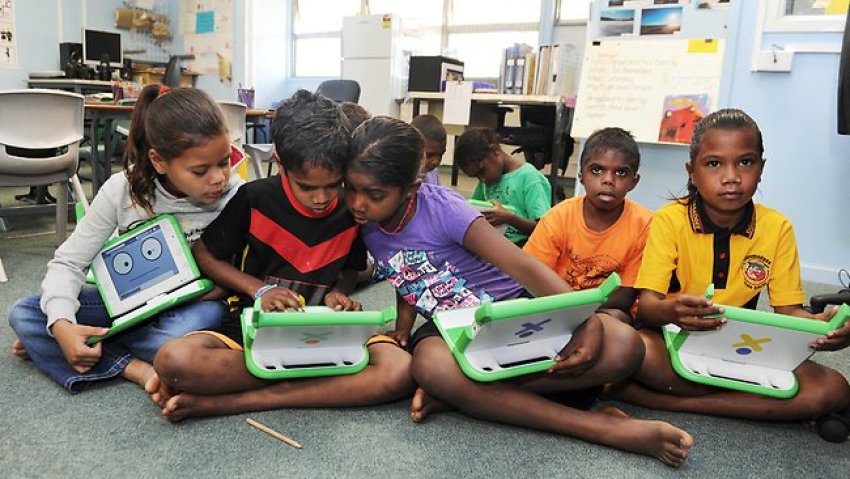
A report undertaken by the Department of Education and Training shows that Aboriginal and Torres Strait Islander students made up 1.1% of the total higher education enrolments across Australia last year. There were a total of 12,730 Aboriginal students, up from 11,684 students, a 9% jump from 2013.
According to Victorian Aboriginal Education Association Incorporated, the Gunditjmara Languages Program at Heywood and Districts Secondary College has been running for three years now, and received positive feedback from Year 7 and Year 8 students.
In April 2015, La Trobe University announced a compulsory module on Indigenous knowledge that includes a one-hour online module for commencing undergraduate students. This module offers knowledge about various Indigenous groups, including key historical events from the past.
While all these seem to show remarkable improvements for Aboriginal communities, Mandy Nicholson from the Victorian Aboriginal Corporation for languages (VACL) believes more should be done to bridge the gap between Aboriginal and non-Aboriginals students by making education more accessible to indigenous students through language and culture revival.
Nicholson said a platform is necessary to engage people to learn Aboriginal languages. “Universities need to engage not only Elders, who have heavy demands on their time, but other Indigenous leaders to come and do ongoing guest lecturing and ‘On Country’ tours, rather than a one off tokenistic gesture,” she said.
As a Project Officer for the Wurundjeri community at VACL, she noticed a growing interest in Aboriginal languages, but Aboriginal communities are not able to cater to these demands. “[There are] many requests from non-indigenous people to learn Victorian languages [there are 38 languages in Victoria], but as they are in revival mode the indigenous communities need to relearn their languages first, then share with the general public.”
According to Australian Bureau of Statistics 2011 census, only one in 10 Aboriginal and Torres Strait Islander people spoke their Indigenous language at home. Only 10% of Aboriginal children under the age of 14 spoke an Indigenous language at home.
Nicholson said there is great public concern about the loss of Aboriginal cultures and languages. She explained that learning Aboriginal languages helps Indigenous students cope with the difficulties they encounter in mainstreams schools and the struggles they faced in life. “When a language program is incorporated into a culture program and everyone is learning and sharing Indigenous culture, the school has a community feel and there is no racism present as everyone is learning together,” she said.
Nicholson told Green Left Weekly that indigenous students who still practice Aboriginal languages at home, generally feel more confident in learning and teaching others Woiwurrung.
Despite living in a first world nation, Aboriginal and Torres Strait Islander people do not enjoy the same privileges as non-Indigenous Australians. Many still do not have access to a proper education and most Aboriginal people under the age of 25 are unware of their heritage.
To make things worse, in 2014, the federal government announced that $534 million would be cut from Aboriginal programs and $9.5 million will come from Indigenous language support over five years.
Aboriginal communities are faced with inadequate teacher-training programs and are unable to meet the growing demands of the Aboriginal students.
Nicholson believes that learning Aboriginal languages and cultures play important roles in fostering pride and understanding among Aboriginal and non-Aboriginal communities.
“The government fail[s] to see the importance of language learning and choose to fund other Indigenous programs [advertising Australia’s culture for tourism] more. They fail to see that instead of funding the outcomes of a broken system, they should fund ‘preventative’ programs such as language and cultural programs. Language and culture is like a tree, culture is the branches, while language is the roots, so one cannot exist without the other,” she said.
While Australia adopts a system that put profits before its people, the First Peoples of the nation are still determined to control their own future and this change will not happen unless education is made accessible.
There have been positive outcomes in getting young Aboriginal people back to school and universities across Australia have seen an increase in the intake of Aboriginal students.
While most agree that Indigenous communities are still underrepresented at tertiary institutions, there are many activists who are working to create a more equal society. It is only fair that they should be provided with the necessary support to help them climb the economic ladder.